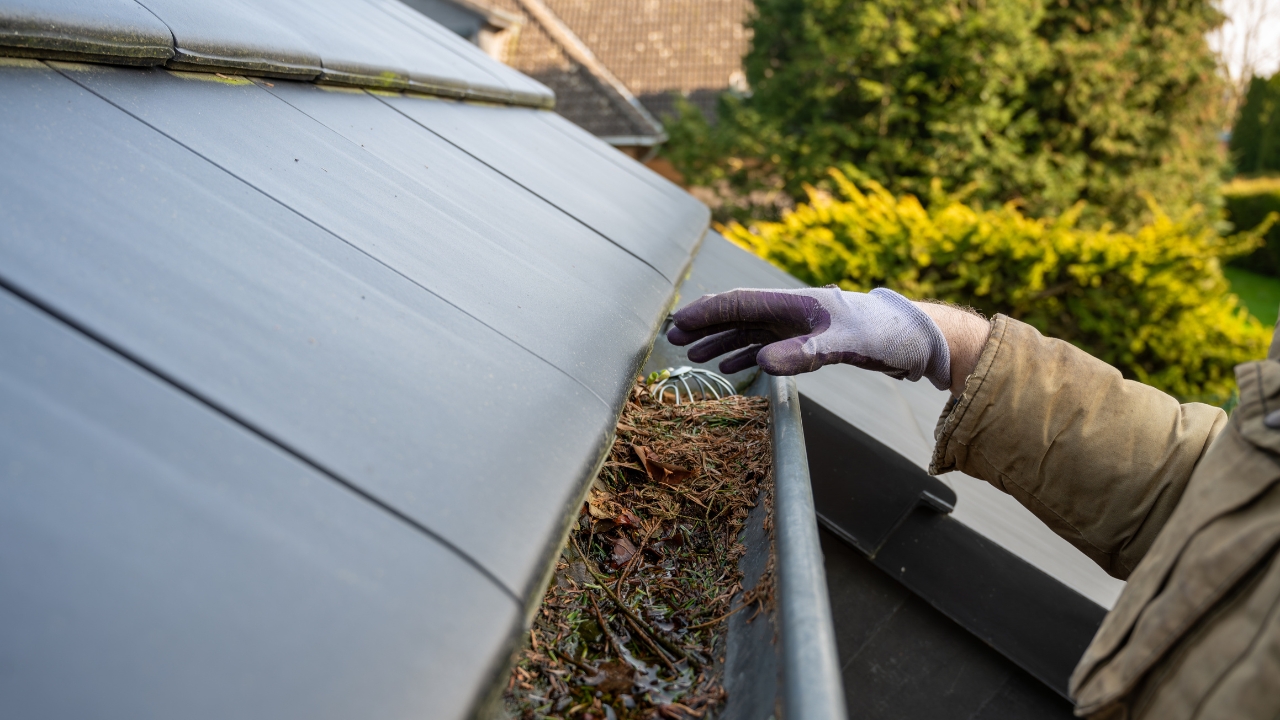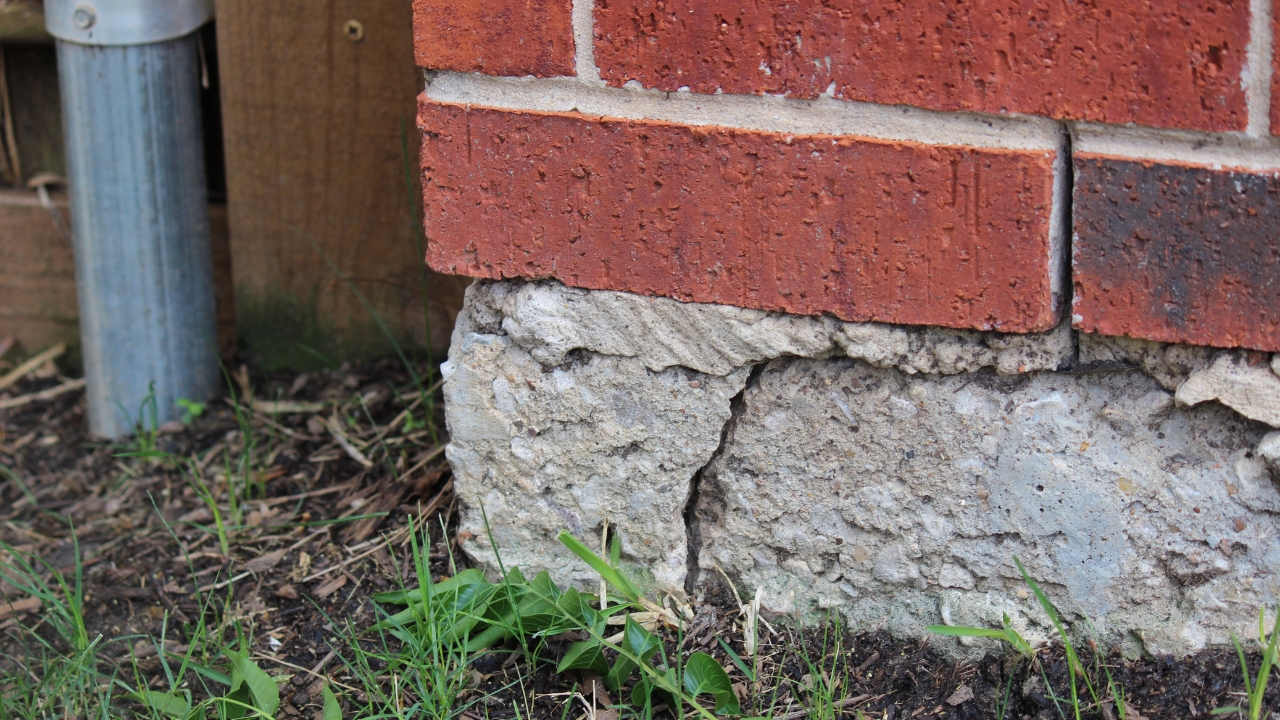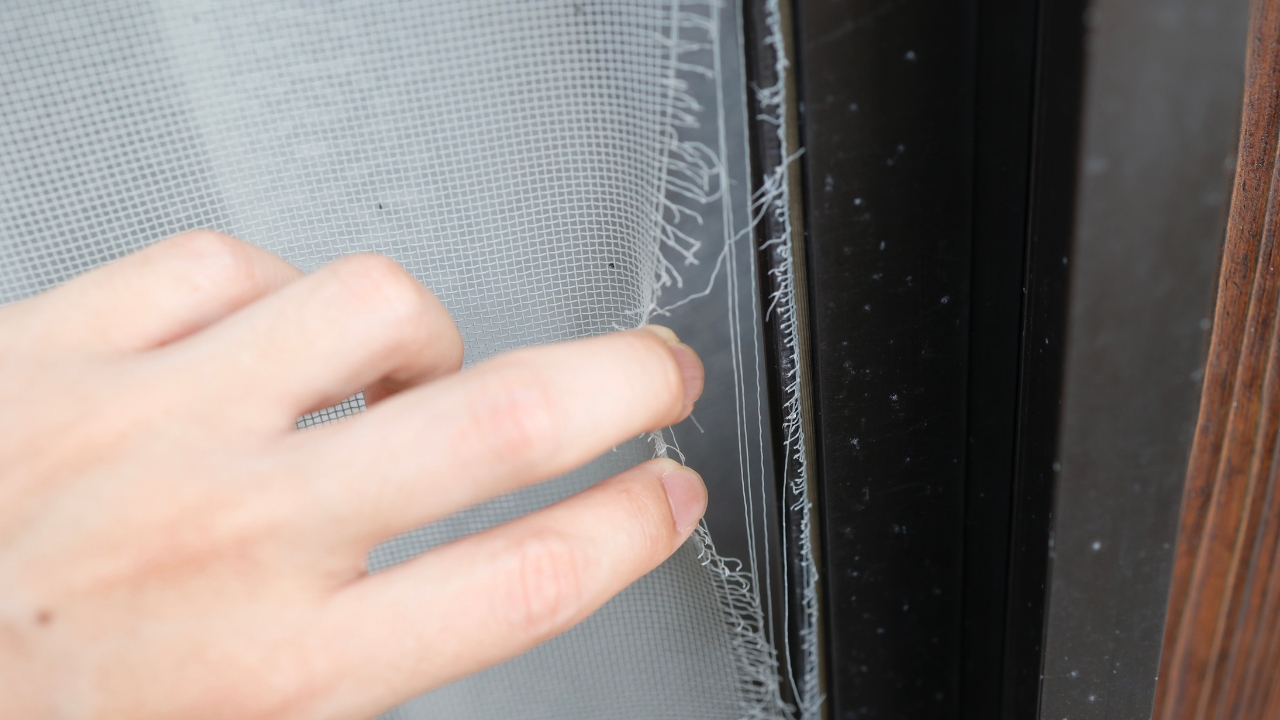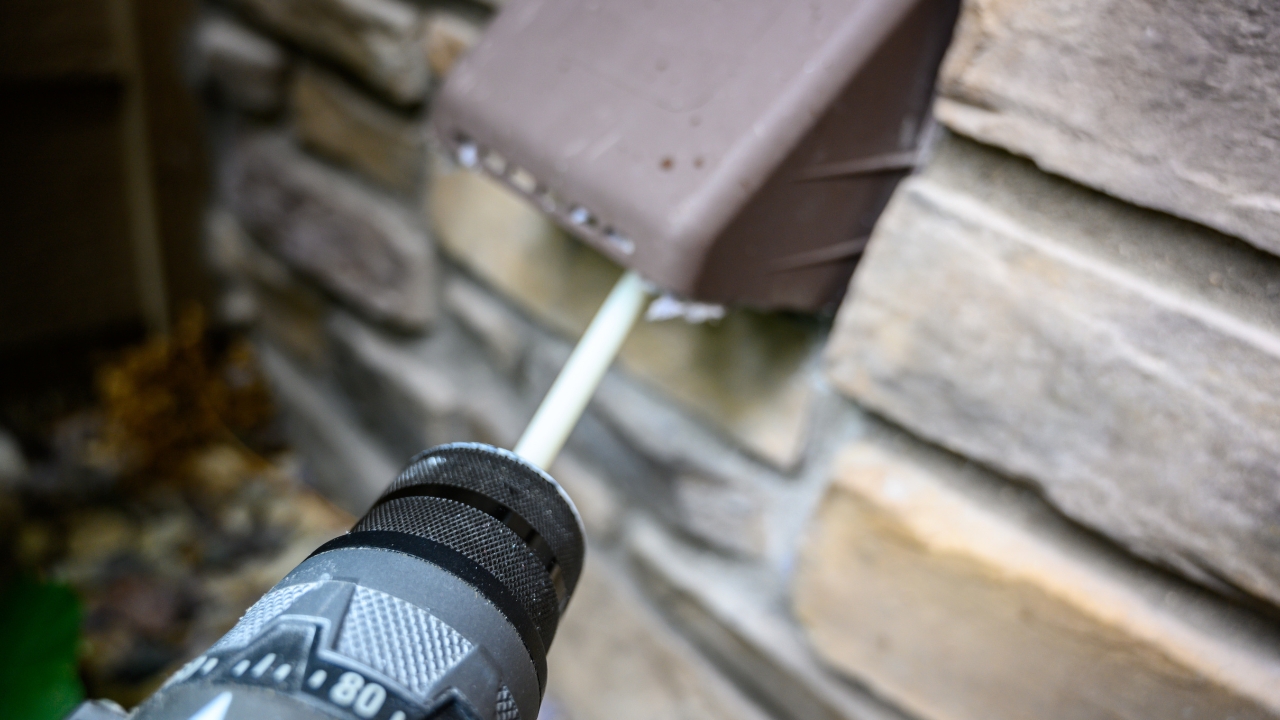10 Things to Check Around the House Every Spring
Winter’s rough on a house—ice, wind, moisture, and freezing temps all take their toll. Spring’s the time to go around and make sure everything’s still holding up.
A solid once-over can save you from bigger problems down the road, and most of it’s stuff you can knock out in a weekend with basic tools and a sharp eye. Here’s what to check while the weather’s good.
Check the Roof for Damage

Shingles take a beating over the winter. Look for anything that’s missing, cracked, or starting to curl. You don’t need to climb up there—binoculars from the ground or a drone if you’ve got one can get you close enough.
Pay extra attention to areas around vents, chimneys, and valleys where leaks are more likely. If you spot anything off, deal with it now before spring rains turn it into a leak that ruins drywall or insulation.
Clean Out the Gutters

Gutters clogged with leaves or shingle grit don’t drain right, and that’s a quick way to wreck your siding or foundation. Grab a ladder, scoop them out, and run a hose to make sure water flows clean.
While you’re up there, check for any sections that sag or pull away from the house. Reattach loose brackets and tighten everything up. Gutters aren’t exciting, but keeping them clean keeps a lot of other problems from starting.
Inspect Exterior Caulking and Seals

Over time, caulk around windows, doors, and siding starts to crack and shrink. That lets in moisture, bugs, and air leaks. Walk the perimeter and look for any gaps or peeling.
Scrape out the old stuff and apply a fresh bead of exterior-grade caulk. It’s cheap, quick, and goes a long way toward keeping water and drafts out. Don’t forget spots around vents, faucets, and utility lines.
Look for Foundation Cracks

Take a slow walk around the base of your house. Small hairline cracks in concrete are pretty normal, but anything wider than a pencil should get your attention. It could be a sign of shifting or water issues.
Mark the ends of any cracks with a pencil and check back in a month to see if they’ve grown. If they’re getting bigger, it might be time to call in a pro. Catching it early could save you thousands down the line.
Change HVAC Filters and Check the System

Spring means switching from heat to AC, and your HVAC needs to be ready for the change. Start by swapping in a clean filter—most folks forget how much that affects efficiency.
Then fire up the system and make sure the air is coming out strong and cool. If it’s not, check the breaker, thermostat batteries, and outdoor unit for obstructions. A simple cleaning can often save you a service call if things are running slow.
Test Outdoor Faucets and Hoses

Freezing temps can crack outdoor spigots or burst pipes you didn’t realize were still holding water. Turn each faucet on and watch closely. If the flow is weak or you see water inside the wall, you might have a problem.
While you’re at it, check your garden hoses for cracks or kinks, especially near the fittings. Better to fix it now than find out the hard way when you go to water the garden or wash the truck.
Check for Pest Entry Points

Spring is when bugs and critters start looking for a way in. Walk around your house and check for gaps in siding, torn screens, or holes near vents and foundations. Mice can squeeze through holes the size of a dime.
Seal up gaps with steel wool, foam, or caulk depending on the spot. Check the attic and crawl spaces too—those are favorite entry points. A few minutes now keeps pests from turning into a summer-long headache.
Inspect and Clean the Dryer Vent

Lint buildup isn’t just bad for your dryer—it’s a serious fire hazard. Spring’s a great time to pull the dryer out, disconnect the vent hose, and vacuum it out. Do the same for the vent flap outside.
While you’re there, check that the flap opens freely and isn’t blocked by lint or nests. A clean vent helps your dryer run faster and safer, and it can cut down your energy bill too.
Refresh Mulch and Tidy the Beds

Winter can leave your yard looking beat up. Rake out dead leaves, pull early weeds, and add a fresh layer of mulch around trees and flower beds. It helps keep moisture in and weeds out while making everything look cleaned up.
Stick with two to three inches of mulch, and keep it a few inches away from trunks and stems. It’s not just about looks—this step protects your plants and helps your yard bounce back strong.
Test Smoke and CO Detectors

It’s easy to forget, but your smoke and carbon monoxide detectors need a spring check. Hit the test button on each one and swap the batteries if it’s been a while. If the detector’s over 10 years old, it’s probably time to replace it.
A working alarm gives you precious time in an emergency. It’s one of those things that seems small—until you really need it. Mark it down to do every spring and fall without fail.
*This article was developed with AI-powered tools and has been carefully reviewed by our editors.







